Ed Richardson and his crack crew storm the remote beaches of King Island, Tasmania, stopping only to snaffle some giant crays.
Ed Richardson has been threatening to take us to King Island for a while now. We would’ve got there sooner, except the damn Southern Ocean seems determined to keep her secrets. Every time we pack the snorkel and fill up the LandCruiser with diesel, the Seabreeze swell charts bulge in anger with 6m seas and brown arrows indicating 35-knot winds.
Then Richo calls and calmly tells us to cool our turbos. But Ed is a pro at reading weather charts, and has spied a window where the sea will relax just long enough for us to make the 65nm run across from Apollo Bay. We’ll have one day to get there, snaffle a few crays, drop some jigs, light a fire and roll out a swag on the beach before turning tail and snaking home in the morning.
By then, Ed reckons King Island will be swallowing Stabicrafts whole. We think he’s pulling our legs until we tap “King Island” into Wikipedia. It says: “King Island has been the location of over 60 known shipwrecks, involving the loss of over 2000 lives.” We decide to stow away the EPIRB, just to be on the safe side.
KING ISLAND CREW
For the trip, Richo recruits veteran insurgents — blokes who can saddle up at a moment’s notice, pack their kit faster than an SAS trooper and dive like a SEAL. We need an underwater crew to latch onto the lobsters. Enter crustacean hypnotist and biologist, Daniel Ierodiaconou and Richardson Marine mechanic and crayfish cowboy, Matt Cook. Also on board is Richo’s mate and keen diver, Hugh Leishman, as well as Richardson Marine workshop manager, Tom Fox.
They’ll be riding aboard Ed’s charcoal-coloured, twin-powered 2400 Stabicraft, the perfect rig for stalking the coastline. For backup underwater operations, Ed recruits Tim Brett and his Formula 233, its custom alloy hard lid fitted by Richardson Marine. He has Tim Jinks on board. With his red dreadlocks, Tim looks like a crayfish, which can only be a good omen. The Formula is an old girl, but the transom has just been furnished with a new Suzuki 300HP outboard, perfect for the high-speed run home ahead of the storm front.
To patrol above sea level, Richo commissions Zack Cross from CrossCountry Fishing Charters. He owns a battle-ready 9m Seacruiser fresh from the factory and fitted with a pair of new Zukes. Onboard is west coast veteran fisho and scientist Scott Gray, who could jig trumpeter out of his toilet if he had to.
The last men on the mission are sheep farmers Tom and Bill Alston. They own a 7m Seacruiser — the very first one Ed’s crew ever built. It’s fitted with a pair of 140 Zukes. (In case you hadn’t guessed, Ed only fits Suzuki outboards.) They also invited their good mate, Ray King. How apt. These boys from the bush will turn their attention to any task the mission entails.
OH, CRUMBS!
We’d planned to meet at the Apollo Bay bakery at 6am, but The Captain’s crew is a little late thanks to Joel Theodore and Matt Cassar, who were consuming rum at Apollo Bay the same night in preparation for a day’s abalone diving. While we’re wiping the sleep from our eyes, Ed’s crack crew are already wiping the pie crumbs from their mouths and impatiently waiting for us, locked, loaded and ready to roll down the ramp.
We stash our gear into Zack’s Seacruiser, box after box of camera gear, followed by swags and sleeping bags. Scotty Gray tries to call a stop-work meeting, but it’s too late. The conga line of Pelican boxes won’t stop for anyone. With no room in the vee-berth, we throw the swags up on top of the hard lid — a decision we’ll later come to regret.
Richo politely declines the offer for an on-water photo shoot. He’s a man on a mission, with cray on the brain. But first we have to get across Bass Strait. Richo briefs us on the weather patterns. “As you get closer to King Island, the swell rips around and joins from the east and west sides and the waves can stand up. You can be cruising three miles offshore and suddenly there’s a bommie in front of you.”
Fortunately, Richo’s weather forecast is accurate. The swell is low and blowing easterly, so it’s fairly predictable. We manage to get there in one piece. However, with no room inside, we stand behind the cab, copping wave after wave of freezing ocean down our backs. (Note to Richo: Can you make the hardtop on the next 9m a little longer please, mate?)
CRAY O’CLOCK
After spotting King Island, the fleet splits up for their respective underwater and surface missions. Each boat lands a different catch — squid from one boat, crayfish, abalone and kingfish. And Scotty scores a few flathead tails and bit of gummy. When Ed talks about crays, his eyes light up and he starts splaying his giant hands like he’s about to crush a Sherrin football. (Note: Ed played footy at a fairly serious level, using those giant hands to crush the, er, reputations of hapless defenders.) “The crays are in this beautiful, clear, cold water that’s so fresh,” he says. “The current that runs around King Island — I dunno if the crays grow quicker or maybe there’s not as many people catching them — but you get these massive crays.”
He adds that the terrain we’re up against is definitely different country from what we’re used to. “On the southern coast, we’ve got the limestone shelves, but over here it’s boulders that continue up to the islands. You’re looking for these little pockets they hide in.”
A HOOKAH YOUR WIFE WON’T MIND
Ed uses portable Hookah compressor units, perfectly suited to King Island adventuring. “You can run two to three divers and have multiple dives through the day, and not have to fill the tanks,” Ed says. “You’re more streamlined in the water with just a wetsuit, weight belt and regulator, but without a BC and big tank. You use less energy, too.”
Ed also runs a custom, removable alloy reel and can run two 80m hoses on that with a Y-piece and 15m runs. The hose floats on the surface and drops down to the diver. Although he still has the physique of a centre half-forward, when Ed describes the undersea environment around King Island, he sounds like a seafaring poet. “As soon as you get in the water, you’re weightless. It’s a beautiful feeling, enjoying the underwater environment, followed by the thrill of seeing a big cray.”
Inspired by this speech, The Captain’s crew jump in, enjoying the 10m visibility as Ed tells us where to find the big ones. “You’ll generally find crays where there’s a bit of current running past — somewhere they can feed from their ledge. They like to be somewhere they can retreat and protect themselves. Try to grab them by their horns, if you grab their legs, they’ll throw them off. The bigger the cray, the bigger the battle.”
BEACH ABODE
Before dusk falls, we tuck into a secluded white sand beach on the northern side of an island and Ed comes over all poetic again. “It’s beautiful, picturesque, to have a really safe anchorage and roll a swag out on the beach with the fire going. Eating fresh raw seafood off the barbie — it’s definitely the best way to eat it because you get that flavour.”
Ed is licking his lips and The Captain is drooling in anticipation of melting garlic butter. “Fresh seafood, a couple of beers in a beautiful destination, it really doesn’t get much better,” Ed sums up.
To top the evening off, it’s a starlit night. The veterans enjoy a good sleep in warm swags while the Captain’s crew toss and turn in soaking wet canvas. Whose bloody idea was it to put the swags up on the hardtop?
RIG-READY
Ed is piloting his 2400 Stabicraft demo boat, one of our favourite rigs. He’s been a dealer for five years and reckons they suit his hometown coast. “The 2400 has a long deck and great vision through the large windows — and the arrow pontoons ride well,” he says.
Loading the boat up with all the gear and running in a straight line for over 60nm miles, we really got used to how the hull wanted to work. Ed says the big advantage is that it doesn’t matter where you put the weight. “We couldn’t even get into the cab we had so much gear in there — a compressor, hose reel, six guys on the second day — but it didn’t matter,” he says. “The boat just seems to perform no matter what you do with it.”
When we quiz him about the Stabi’s application as a dive boat, Ed says, “They work in your favour with great stability and the nice wide gunwales give you somewhere to sit and get your gear on. The options we’ve put on that boat really suit what we do down here — the dive door through the transom, the boarding ladder — you can still get up there with your fins on. There’s plenty of space to store your gear away in those side pockets, and with the live well we’re able to run that tank all night and keep the crays alive for the next day.”
TWIN-SPIN
Regarding the power plants, Ed says, “The manoeuvrability of the 2400 with twin 140s is such a great match. We need to be able to get in close to reefs and then back out. The twins coupled with the Game Chaser Transom work so well, they hold you nicely in any kind of sea, which definitely works to your advantage in the Southern Ocean.”
Amazingly, when we get back to Apollo Bay and go through our trip metre we’ve done 264.7km and used 264L. “It’s definitely the most efficient boat on the trip,” Ed says, clearly sold on Suzuki power for his range of boats. “The dual 140s on most boats tend to be that number. We power everything with Suzuki — we’ve had such great success and support.”
KING IS. HISTORY
The 1098sq km King Island is one of three islands in the New Year Group. It’s the second biggest in Bass Strait (after Flinders) and was originally part of a land bridge linking Tasmania with the Australian mainland, submerged around 12,000 years ago by rising sea levels. The island is so hammered by the Southern Ocean that early Indigenous Australians gave it a big miss. European seal hunters made it here in 1799 and a few years later it was named after Philip King, Colonial Governor of NSW, whose remit at the time included Van Diemen’s Land (Tasmania).
As a testament to the sea it gets in the face of, King Island is home to Australia’s tallest lighthouse (48m). It’s so windy that the island was once the proposed site for Australia’s largest wind farm. The only crew that could handle the sou-westerlies were the sealers and a few unfortunate shipwrecked souls, ancestors of a current population of about 1500. With the seals now safe, these days the main trades on King Island are cheese, lobsters, bottled rainwater, kelp and beef.
SLIPPERY RIG
There was plenty of alloy artwork on show on our King Island cruise, but it was a classic old Formula that proved the slipperiest rig on the water. It’s the pride and joy of Colac carpet shop owner Tim Brett. He and his crew returned home with an esky filled with big crays. He rates King Island. “The opportunities are endless for fishing, diving, surfing or doing whatever you want,” he says. The fun police haven’t been there yet!”
Metisse, Tim’s 1970s Formula 233, was once owned by his dad. “It was confiscated from an abalone poacher and Dad bought at an auction in Melbourne, Tim says. “He bought it as a total wreck, did it up, repainted it and re-motored it. A lot of people have given me their opinions on who originally built the boat — what it is, what year it is — and everybody’s opinion has been different.”
It slipped out of the family hands, but Tim managed to claw it back eight years ago — which is when he started spending money. “It’s old and rough, but I love it,” he says. “The ride is soft and predictable.” Tim’s love is evident in the big black power plant hanging on the transom — a new 300HP Suzuki, bought from Richardson Marine. “It’s good on fuel, it goes fast and I’m really happy with it,” Tim says. “We did 260km for 276L travelling at 60km/h on a flat sea. General fuel consumption is a litre per kilometre, unless you push it over 60km/h. Top-end speed is about 80km/h, that’s with a minimum of gear and two guys. Fully fuelled with 500L, a ton more gear and four people, we got about 65km/h (35 knots).”
The other modern enhancement is the alloy hardtop, mainly because Tim was, “sick and tired of getting cold”. Fabricated by Richardson Marine, it uses the Seacruiser design modified to fit the top deck. “It’s the best money I’ve ever spent,” Tim says. “Good handrails, well-built, you can stand on the roof, but it’s lighter than fibreglass. But mainly for the clear vision.”
HI JINKS
Riding sidesaddle on the Formula was Tim Jinks from Ocean Grove. With long red dreadlocks protruding from his head, his mates reckon he looks a bit like a crayfish. It proved a good omen, though, with Tim catching bulk crays, including some of the biggest. He loves to cook and owns a couple of bars — 2 Chambers in Geelong and 56 Bricks in Melbourne’s Chapel Street. Yep, he was the perfect comrade on a King Island mission.
On underwater life, Jinksy reckons he’d live there if he could. “It’s solace under the water. You’re there by yourself and nobody is able to talk to you. It’s almost tropical at King Island. You can see eels, big sweep, sharks octopus — and big crays.”
His finely tuned technique for latching lobbies is: “finding crevices that aren’t exposed, or nice deep boulder caves, then sticking your hand in, waiting to see their reaction, but being patient. As soon as you grab that horn, do not let go. Shake, wiggle, push and pull. Do whatever you can to get that cray out of the hole.”
He loves cooking them as much as catching them — hence the bar ownership — dating back to when the Great Ocean Road was a dirt track and his family owned a holiday house in Skenes Creek. “There’s just something about gathering your own food and cooking it and not having to rely on mass-produced stuff,” he says. “Getting it so fresh, you can have it sashimi, you can cook it however you want. There’s nothing better than a cray trying to walk off the hot plate.” Here’s how Jinksy does it.
GRILLED ABALONE
Ingredients
• Abalone
• Butter
• Chopped garlic
(or garlic butter out of jar to keep it simple)
• Chilli
• Fresh lime
• Salt and pepper
Method
• Shuck abalone and tenderise until the muscle comes apart.
Cut them very finely from the top down in a cross-section.
Place them on a really hot pan. Sear for 10 seconds on each side, put a bit of garlic, butter then chilli, lime and salt and pepper to taste.
GRILLED CRAY
Ingredients
• Crayfish
• Chopped garlic
• Butter (or garlic butter out of jar to keep it simple)
• Fresh lime
• Salt and pepper
Method
• Cut cray in half, break shell in a butterfly fashion. Baste them in some butter, sprinkle a heap of garlic on top (or garlic butter if you want to save time). Place flesh-down on the grill and cook until nice and crispy. Turn them over, steam them with a lid if you can, if not, just turn it down. Let them cook slowly otherwise they get a bit tough. Salt, pepper and lime juice to taste.


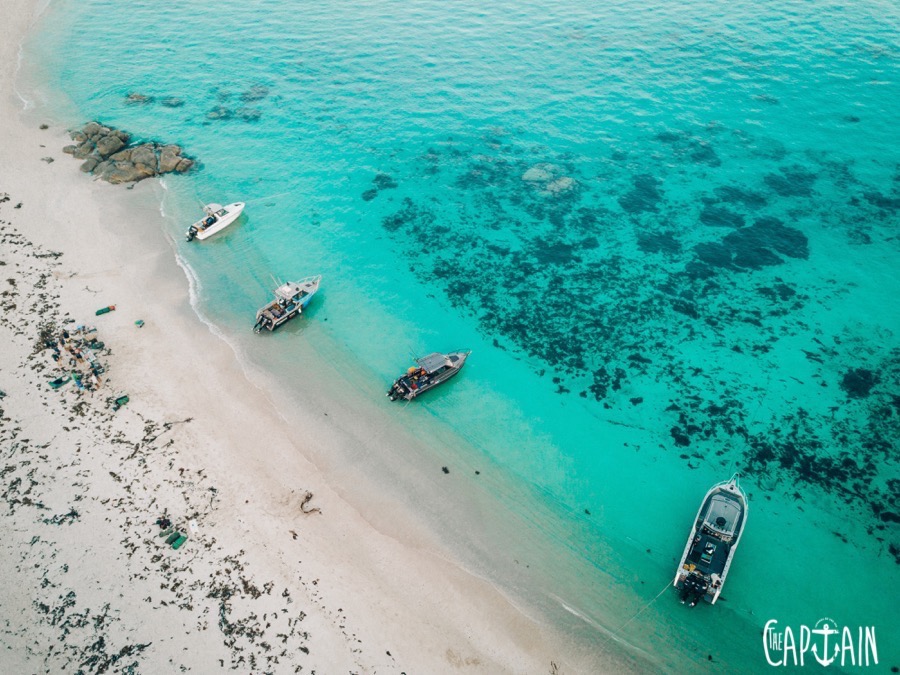


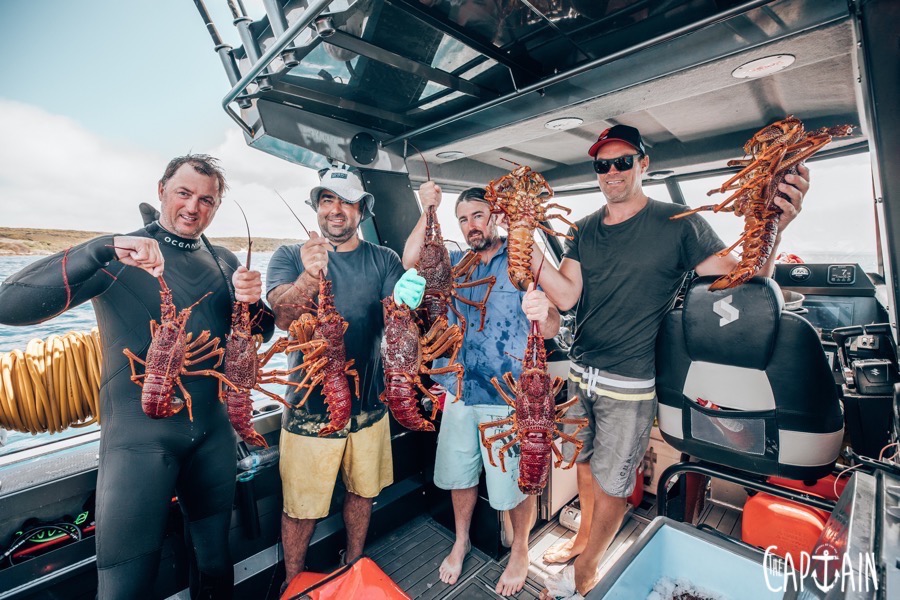
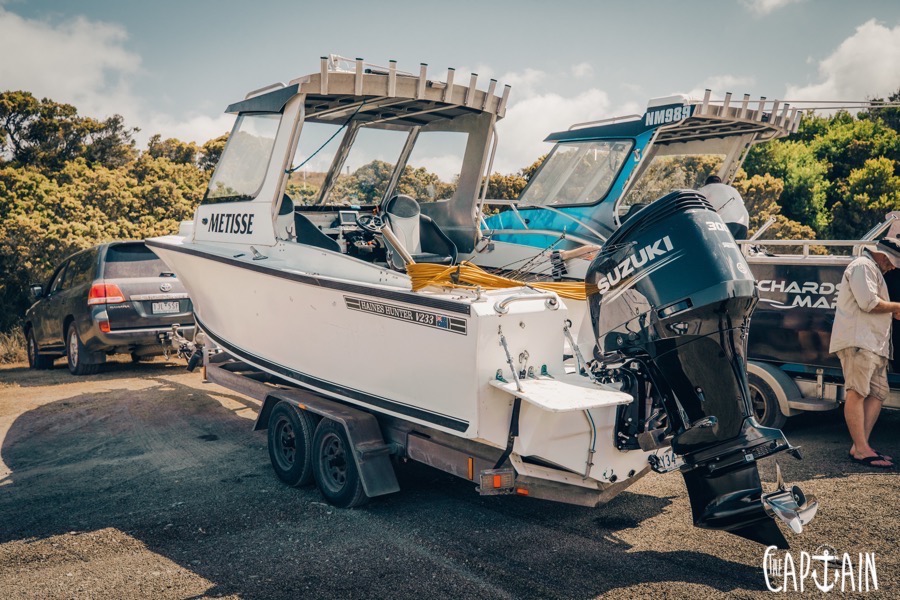




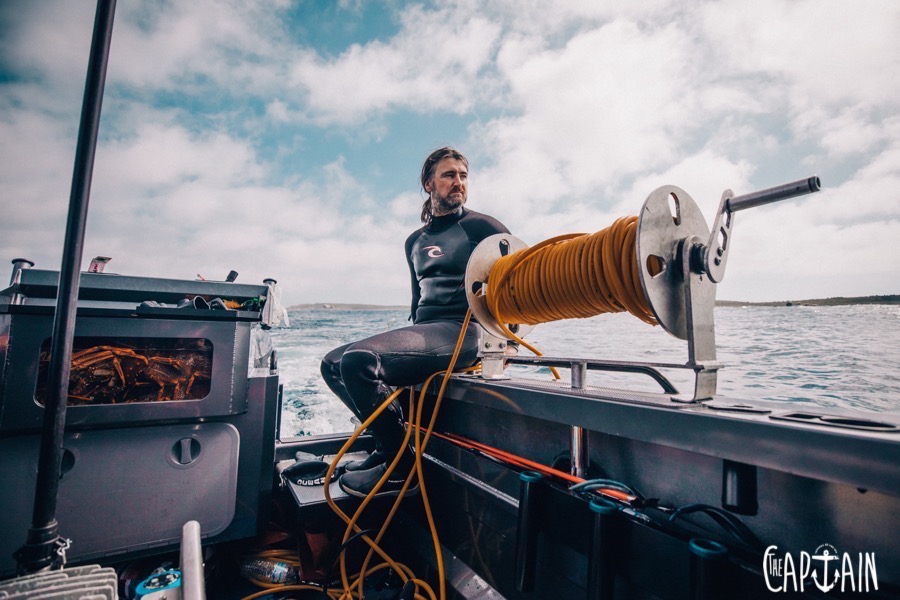
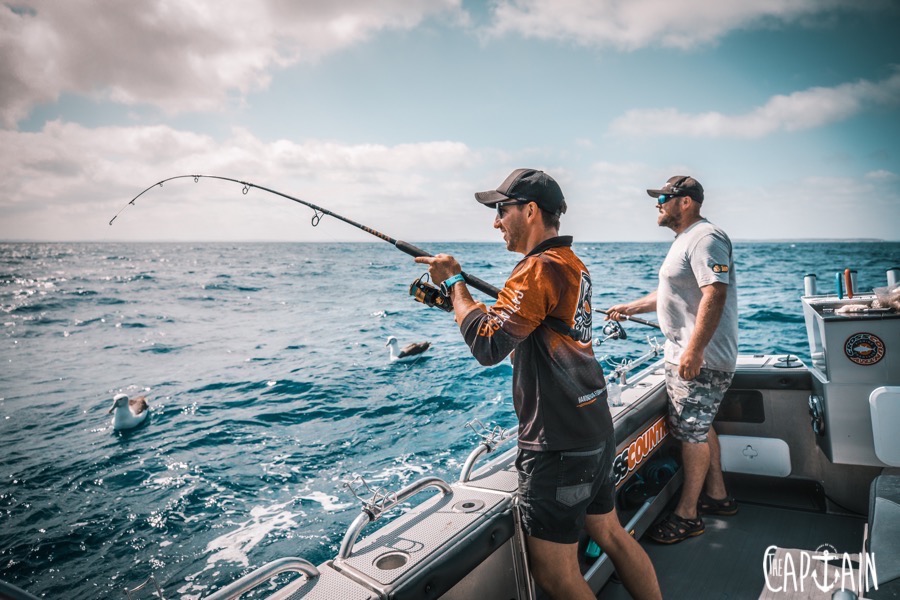

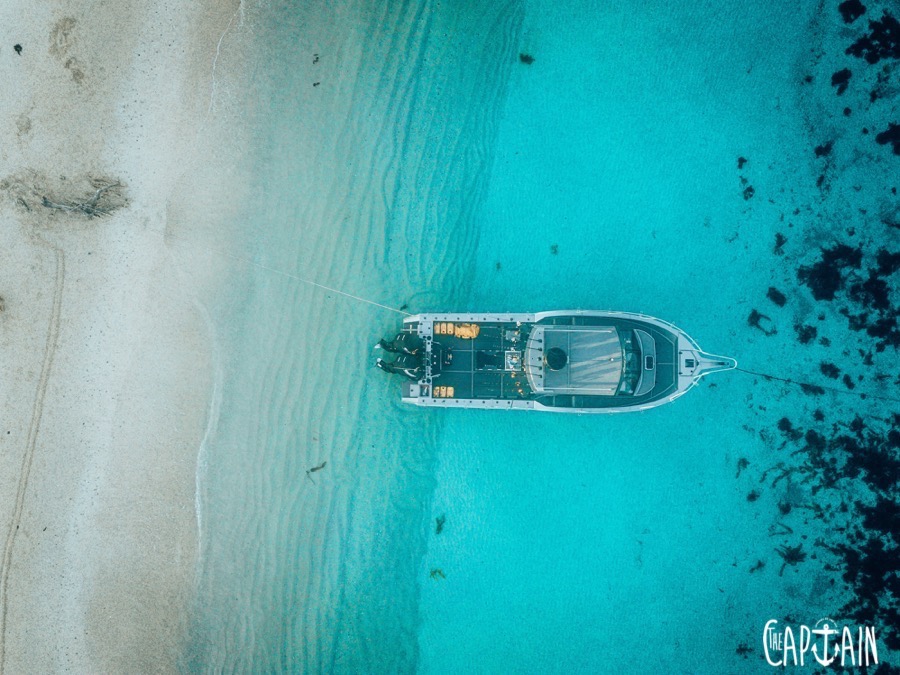
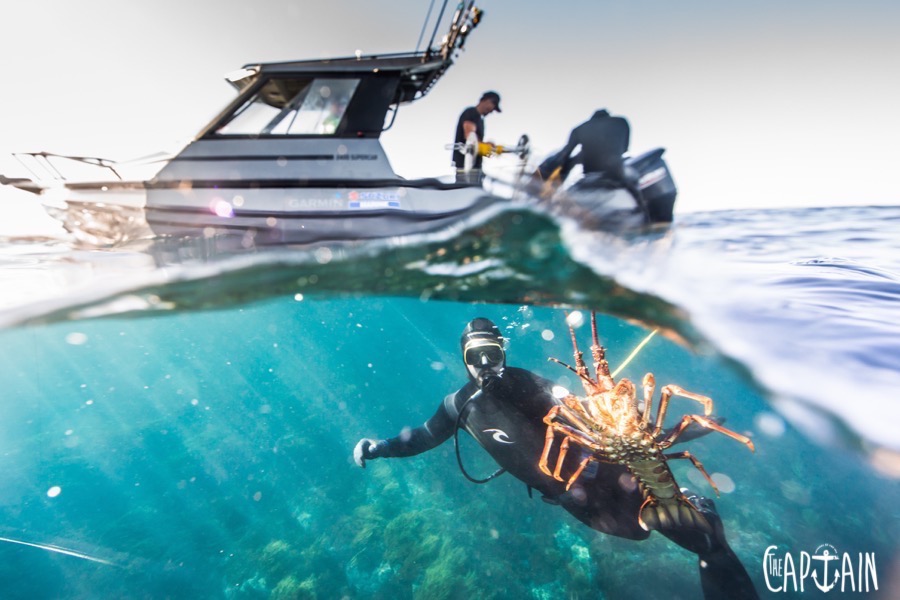

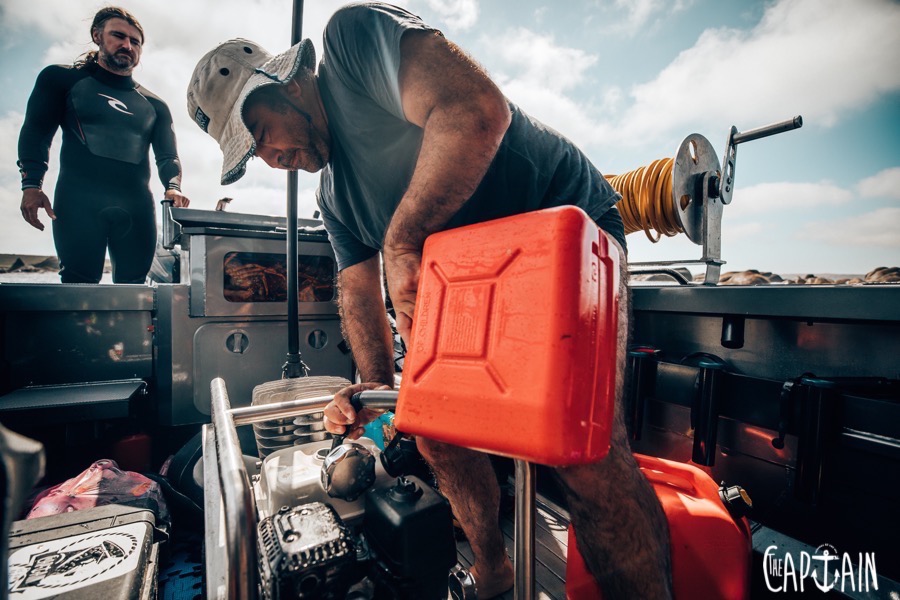

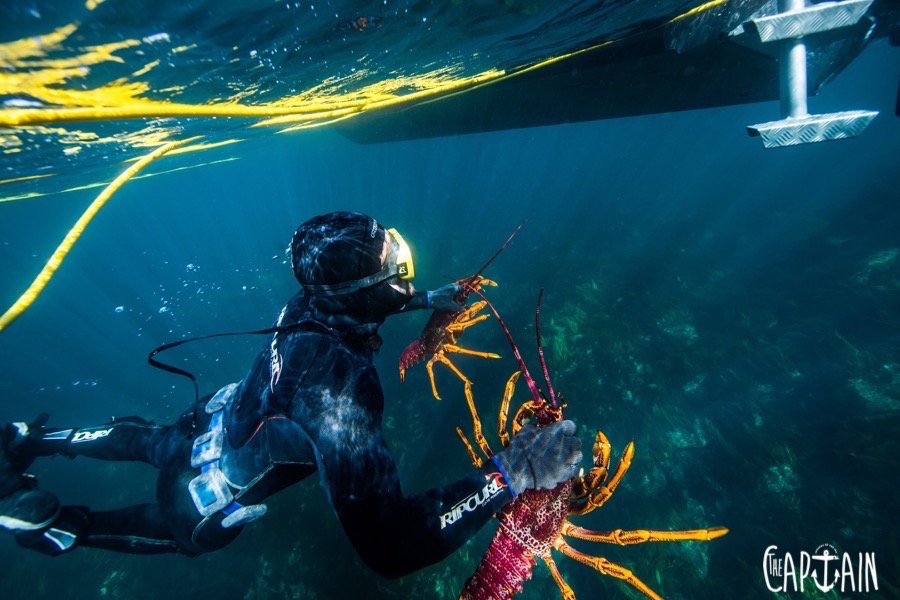
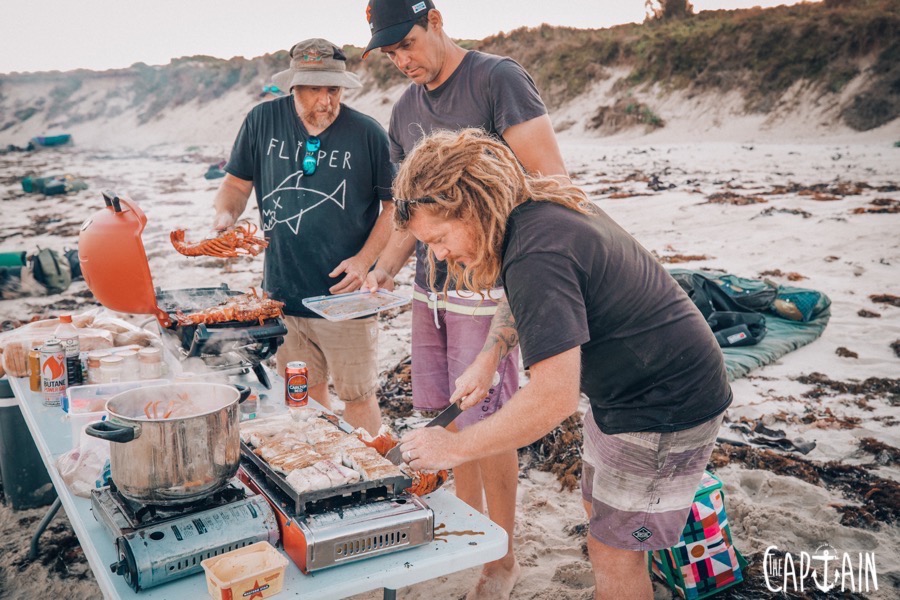
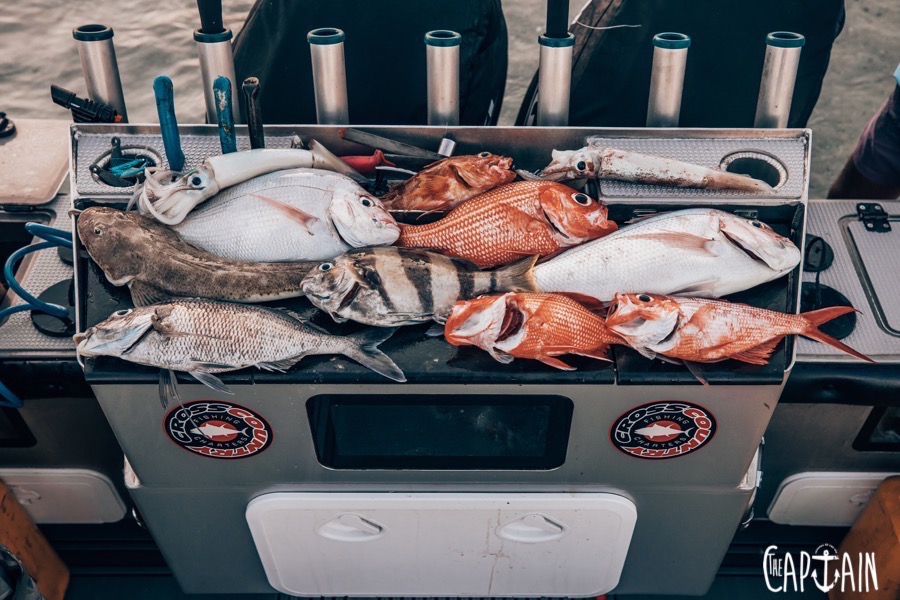






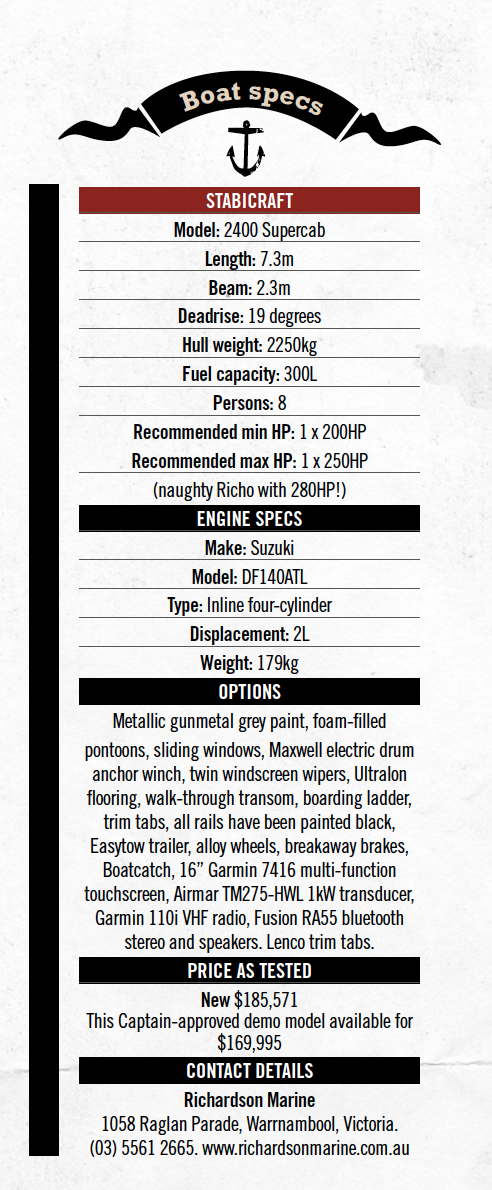

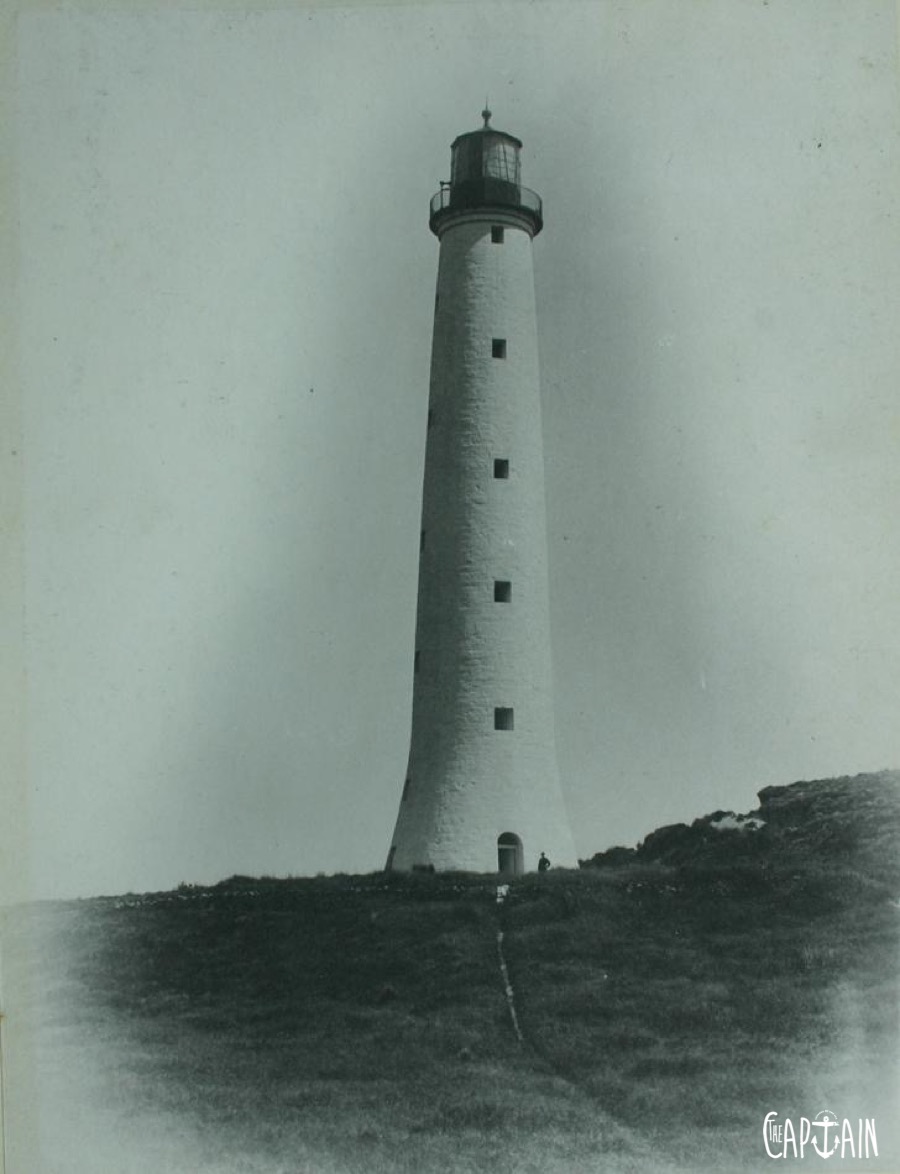


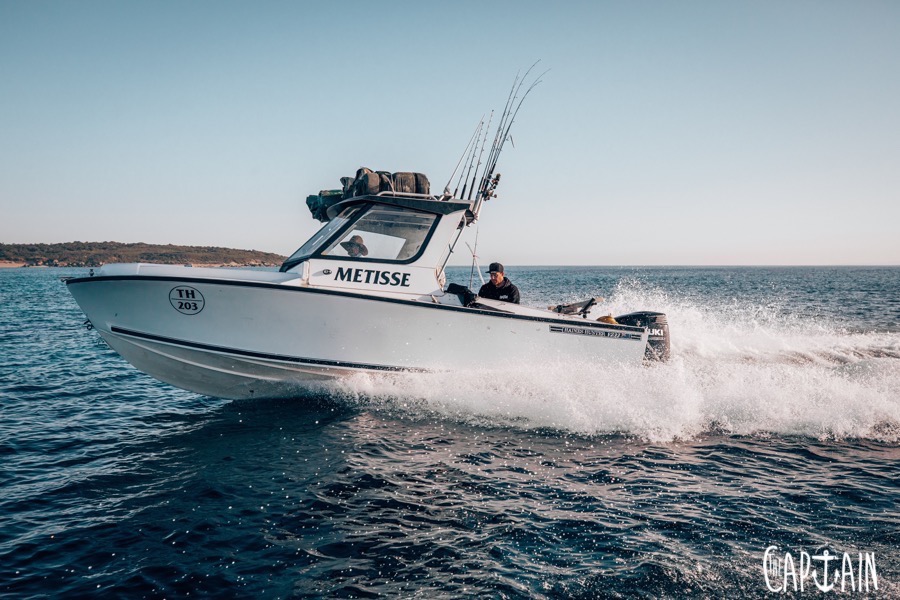
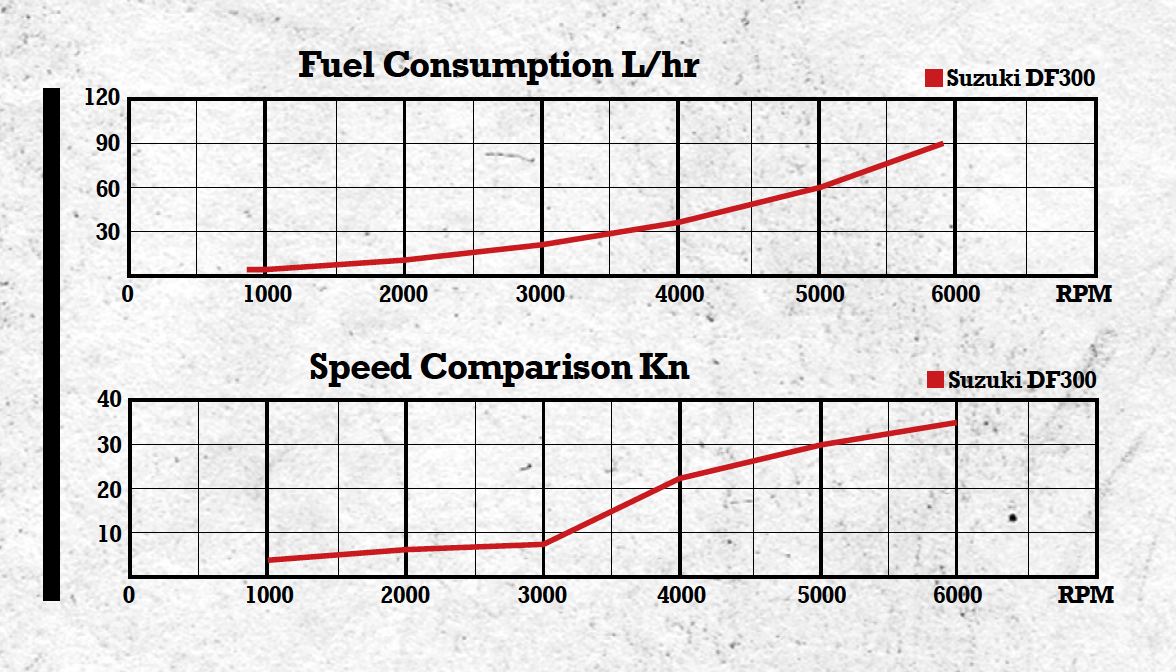

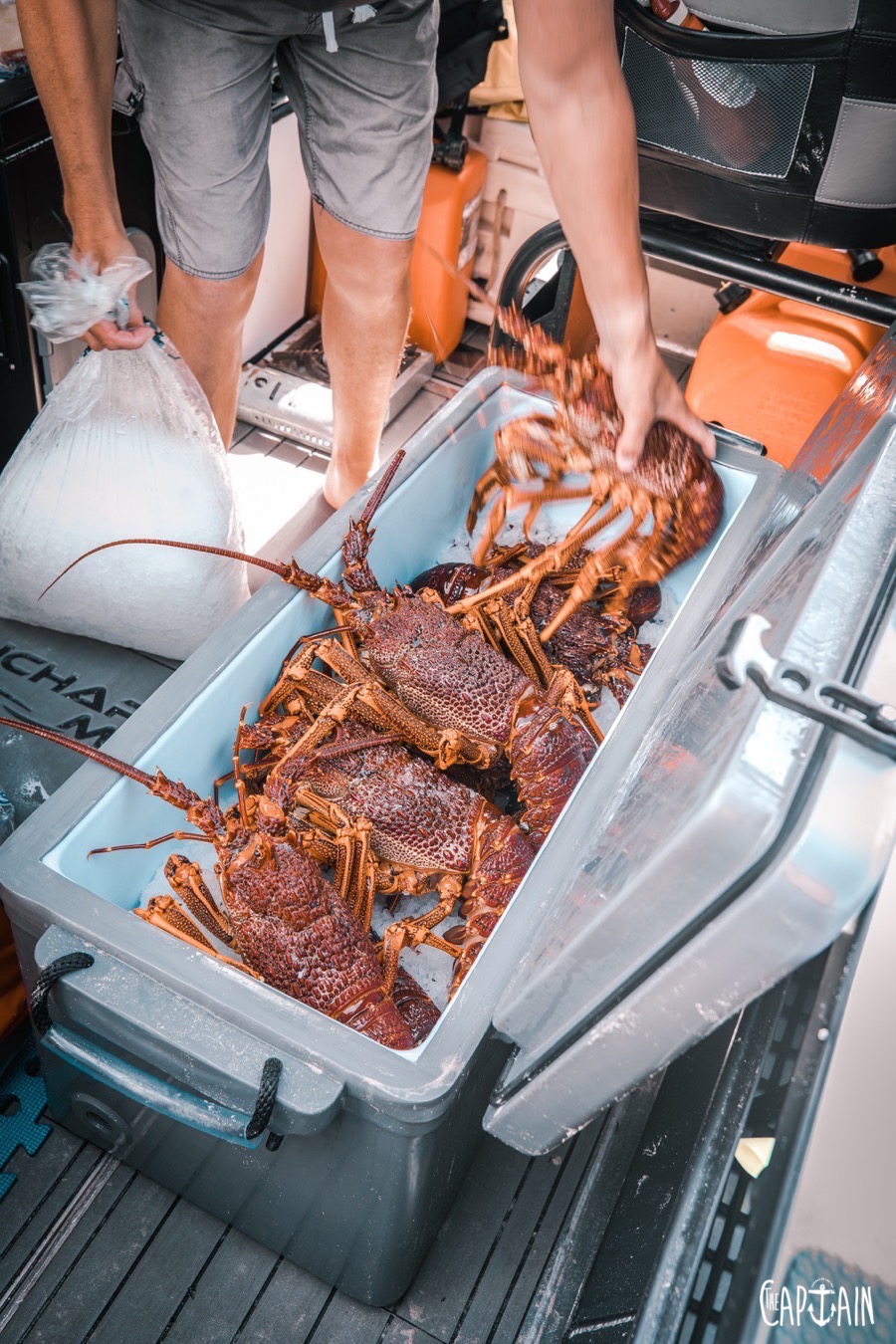


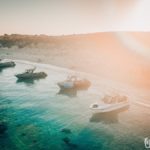
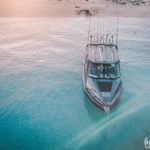
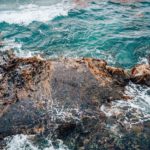
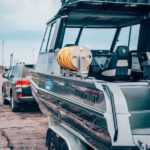
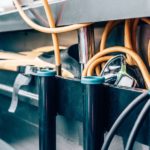
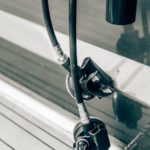
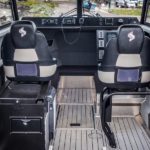
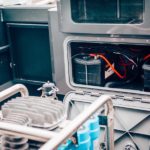
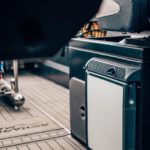
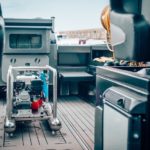
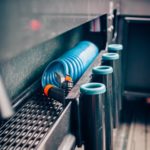
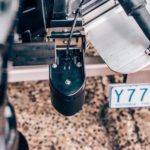
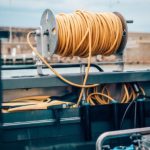
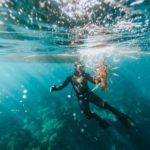
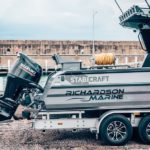
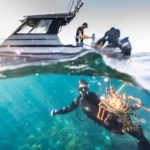
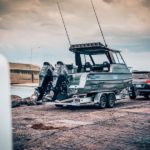
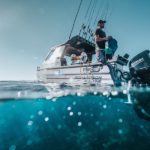
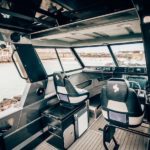
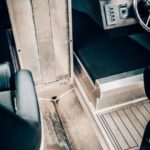
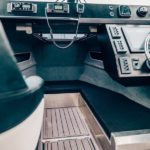
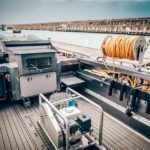
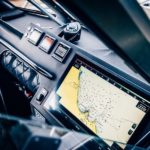
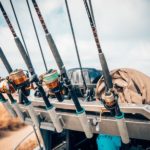
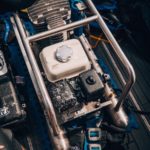
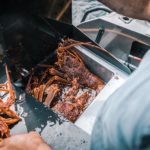
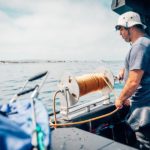
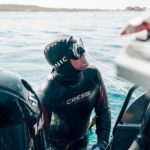
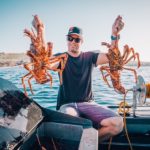
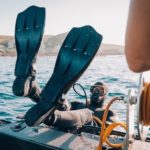
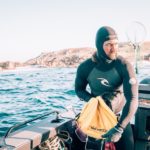
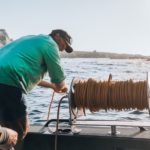
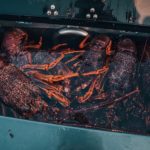

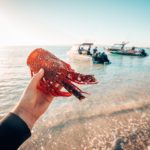
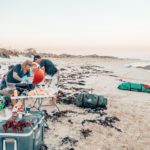
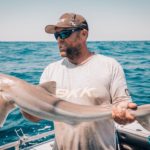
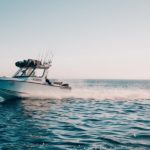
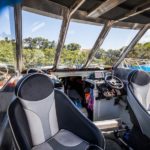
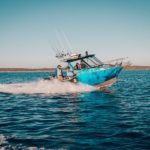
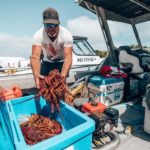
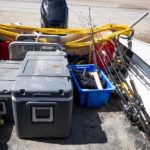
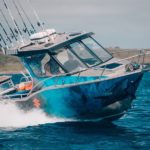
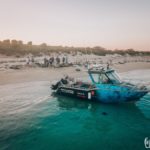
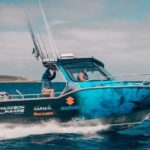
Recent Comments